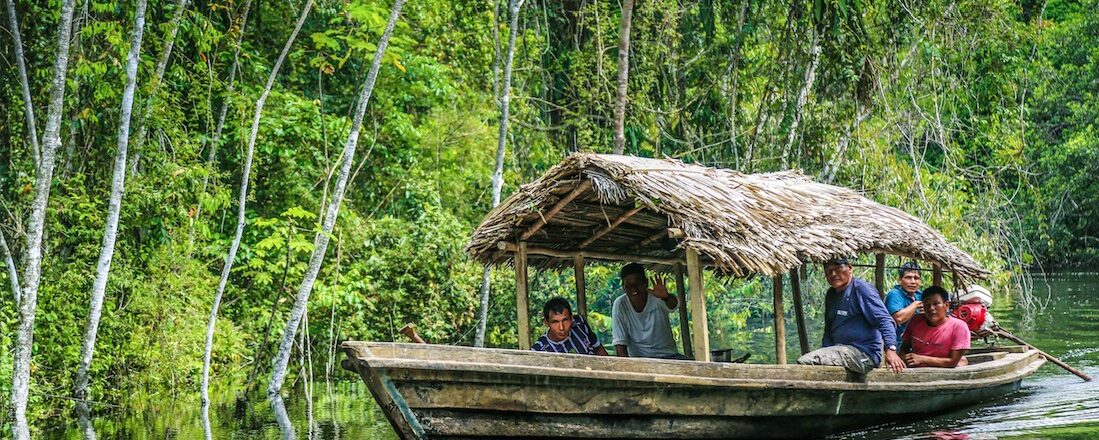This blog was originally published on Climatelinks.
By USAID
According to the recently released Amazon Vision 2020 Report, USAID and its global partners improved the management and conditions of key landscapes in the Amazon, working on more than 48 million hectares, an area larger than Sweden. These programs keep forests standing, sequesters carbon, and reduces greenhouse gases. An estimated 38.5 million metric tons of carbon dioxide (CO2), or the equivalent of 4.4 million U.S. homes’ energy use for one year, were avoided, sequestered, or reduced as a result of U.S. Government sustainable landscapes programming.
USAID’s Amazon Vision unifies the Agency’s goals to combat deforestation, conserve biodiversity, create environmentally friendly economic opportunities, improve the management of important landscapes, and support Indigenous rights. The Amazon Vision 2020 Report describes the progress in achieving these goals and gives implementing partners and other members of the development community insight into USAID’s achievements in biodiversity and sustainable landscape initiatives across Brazil, Colombia, Peru, Ecuador, Guyana, and Suriname.
For years, environmental activists have referred to the Amazon rainforest as “the lungs of the Earth” for its ability to offset climate change. Because forests store CO2 above and below ground, they help regulate the greenhouse gasses that contribute to climate change when they are trapped in the atmosphere. The Amazon holds up to 140 billion tons of CO2, the equivalent of 14 decades worth of human emissions, and releases enough oxygen into the atmosphere to affect global weather patterns. However, its ability to mitigate global warming is decreasing.
Illegal deforestation is a key driver of global climate change. It threatens the Amazon and the communities who depend on the rainforest for survival. In 2020, an estimated 2 million hectares of primary forest loss occurred across the Amazon basin—an area the size of El Salvador. In Peru, illegal mining has stripped areas of the Amazon of its vegetation and converted the land to bare stretches of sand dotted with pools of stagnant brown, often mercury-filled water.
The Amazon Vision 2020 Report looks at the Agency’s efforts to address this devastation. This includes USAID’s collaboration with Wake Forest University’s Center for Amazonian Scientific Innovation (CINCIA) to research how the effects of illegal deforestation in Madre de Dios, Peru can be mitigated and reversed. CINCIA scientists are researching reforestation techniques to reclaim the Amazon as quickly as possible, as well as monitoring mercury pollution and deforestation using drones. If CINCIA’s reforestation pilot with Peru’s National Protected Areas Services in Tambopata National Reserve is successful, the government of Peru could use similar techniques to reforest other areas of the Amazon, such as the nearly 10,000 hectares in southeastern Peru that have been destroyed by illegal mining since 1985.
Partnerships like these are part of a larger Agency strategy to support communities in the Amazon region. Moving forward, USAID will continue to build upon its investments in the Amazon to assist communities in shaping a better future. By continuing to work with countries and local actors, USAID and its partners can build upon the successes outlined in the Amazon Vision 2020 Report to scale promising interventions that achieve even greater results.


